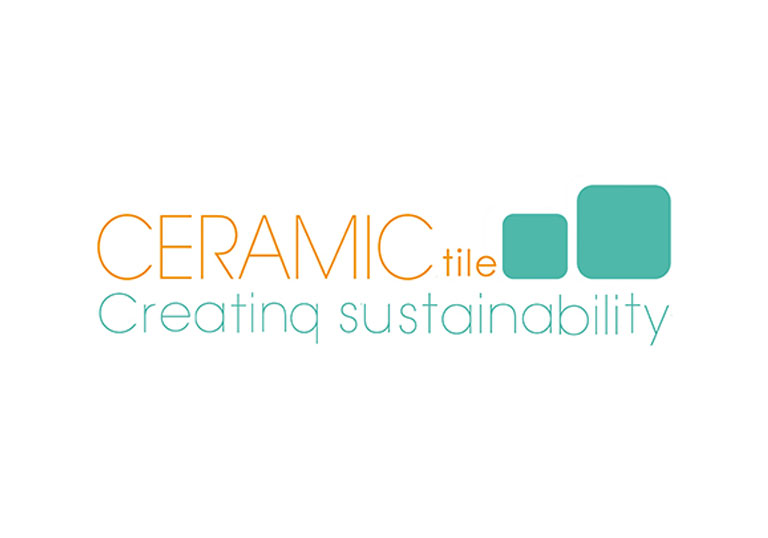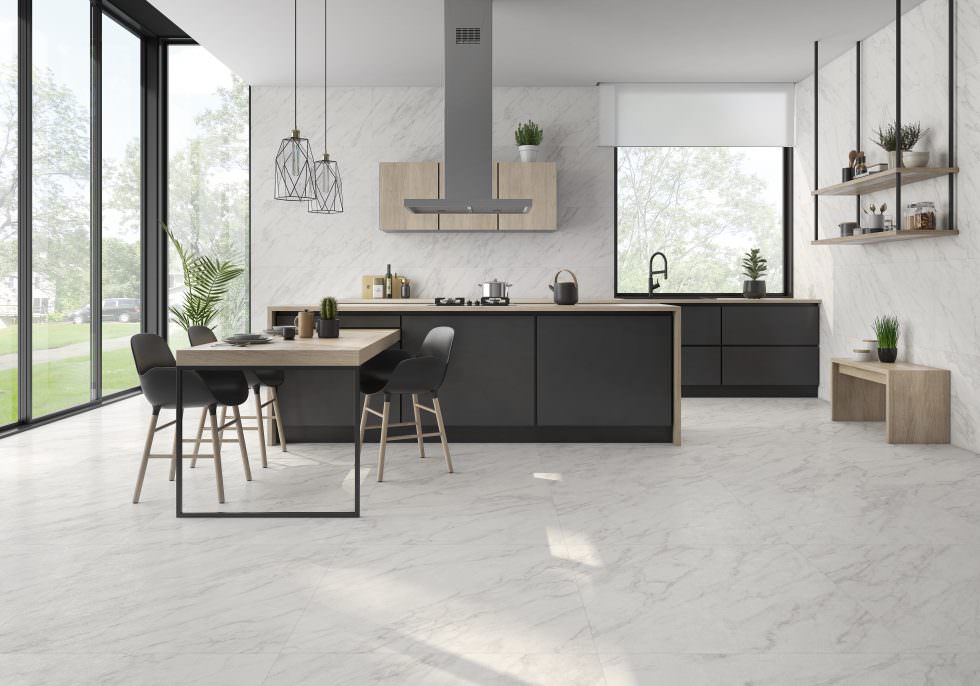Sustainability
Ceramics are a completely natural, safe and hygienic material: made with water and clay.
They are sustainable, recyclable, energy efficient and durable which reduces present and future environmental impact.
Tile is the Sustainable Choice
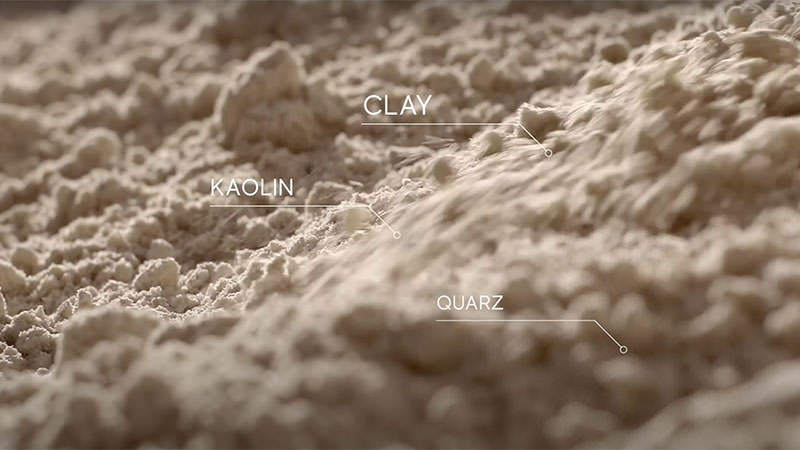
Recyclable
One of the few construction materials that are recyclable during renovation – Tile of Spain factories are also recycling their waste – in most cases – creating a closed loop production process. (Learn More)
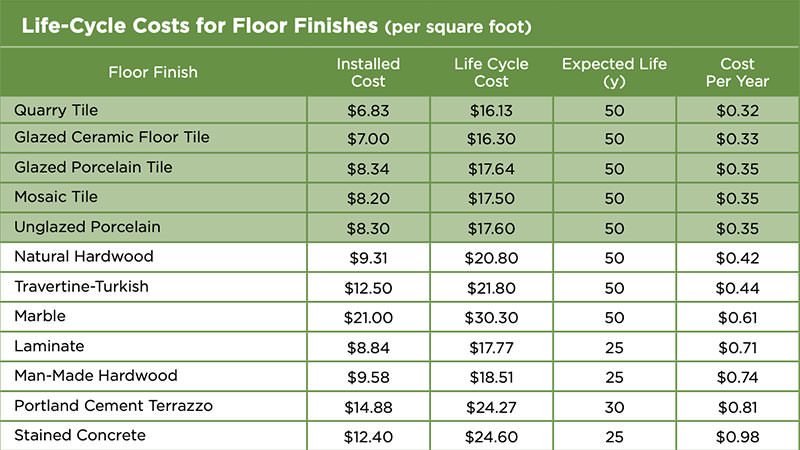
Lifecycle
An eco-sustainable material from the “cradle to the grave”, tile has the lowest life cycle cost per foot for floor finishes. (Scharf-Godfrey study)

EcoLabels
The Spanish ceramic sector is a pioneer in obtaining the first Environmental Product Declarations (DAP) type III environmental labels, according to the ISO 14020 standard. (EPD Report)
Bioclimatic Architectural: Applications and Innovations
One of the keys to sustainability is bioclimatic architecture – which is committed to taking advantage of environmental conditions to reduce energy consumptions. Tile of Spain manufacturers lead the world in bioclimatic applications of ceramics such as ventilated facades, active surfaces, etc.
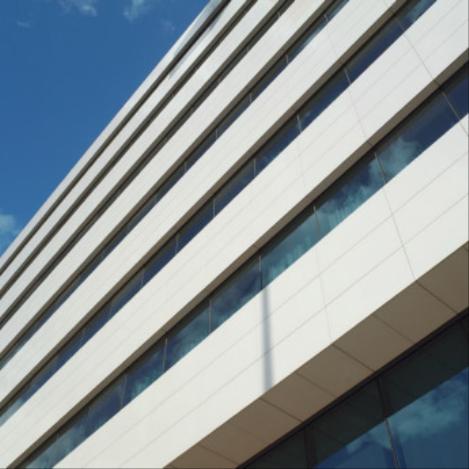
Ventilated Facades
Ceramic improves the performance of ventilated facades, thanks to its ability to isolate from water and outside temperature, facilitating energy savings. In addition, new anchoring systems and their multiple possibilities (colors, finishes, formats) make ceramic ventilated facades a widely used solution in sustainable buildings. (Learn More)
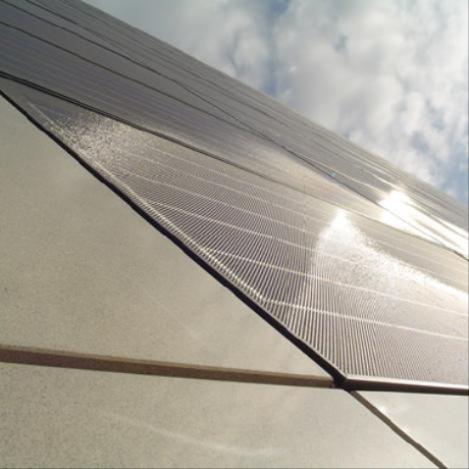
Photovoltaic Panels
The Spanish tile industry has developed a system that allows photovoltaic cells to be integrated into ceramic facades. This integration turns them into an element that generates electrical energy from a source of solar radiation. With this, it is possible to have solar panels integrated into the architectural structures. (Learn More)
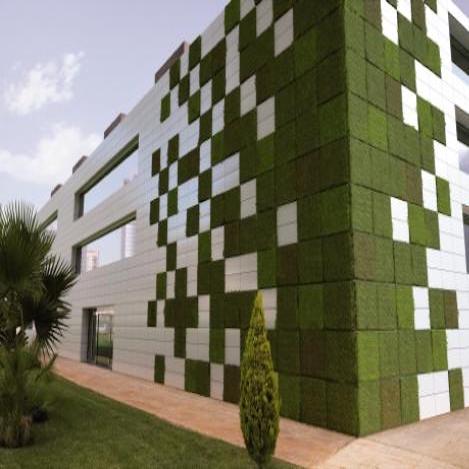
Active Air-Cleaning
Self-cleaning ceramic surfaces utilize nanoparticles that give tile a photocatalytic effect, reacting with the sun’s ultraviolet radiation, producing an oxidation that destroys the organic matter in contact with the surface. Some examples are tiles that remove nitrogen oxides (NOx) from the atmosphere. (Learn More)
Designing with Wellness in Mind
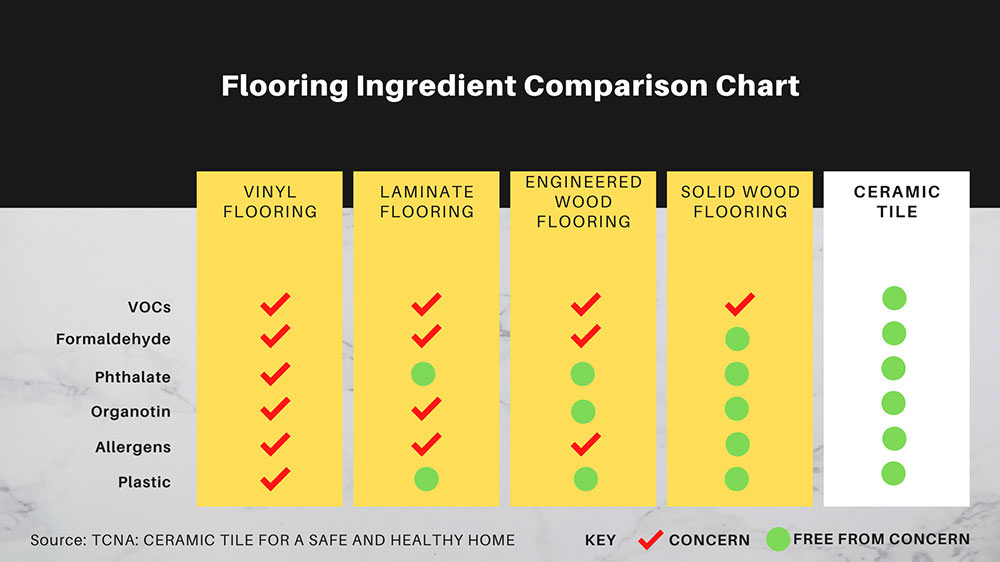
Ceramic tile is not only beautiful, it’s also healthy for your home. It contains none of the chemicals that have been in the news associated with other flooring products, and it’s long-lasting, easy to clean, fire-safe, and offers many slip-resistant choices. (Source: WhyTile.com)
Resources
Visit our resource links to learn more.
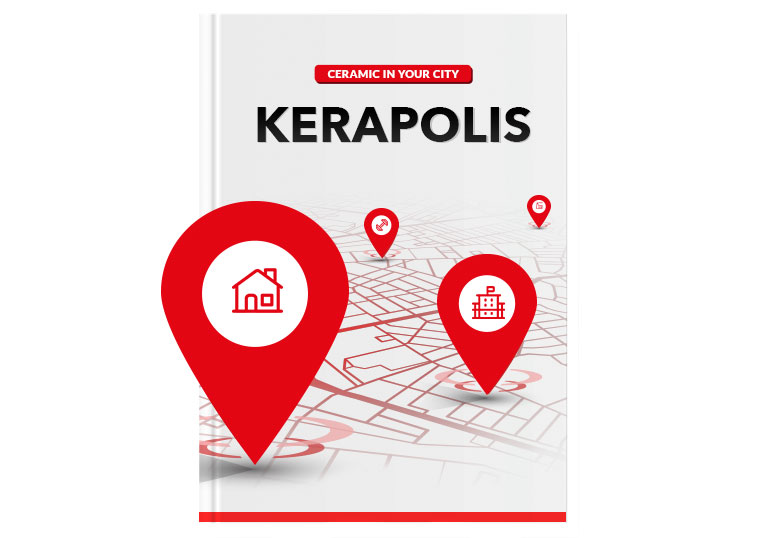
Discover Kerápolis
An illustrated guide with examples of real applications that brings together all the power of ceramic in one place. (Learn More)


